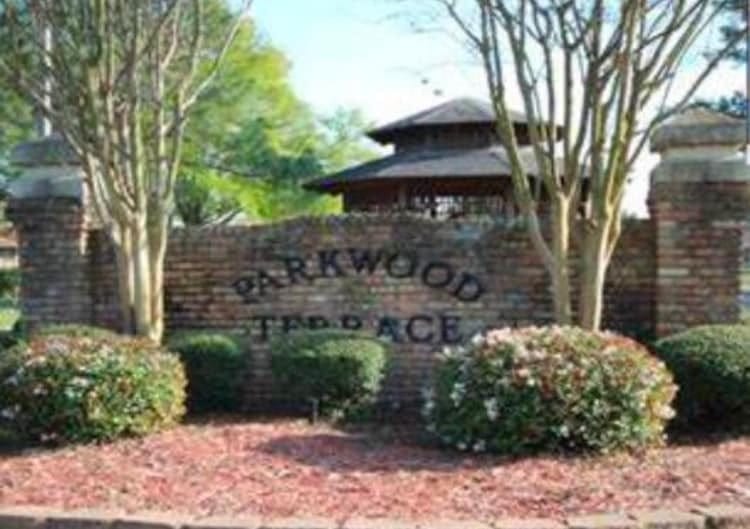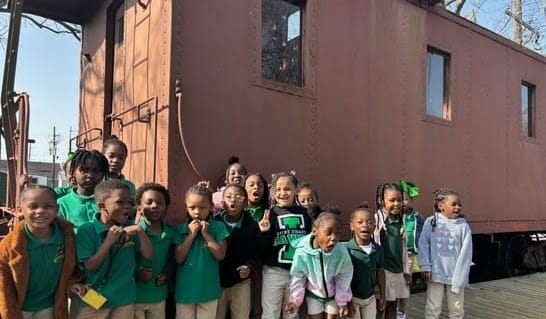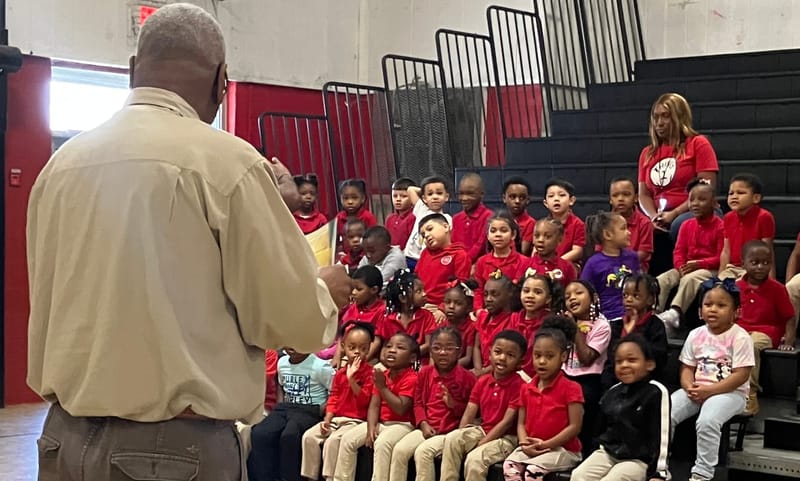Parkwood Terrace: From Cotton Fields to a Thriving Community
From the struggles against racial discrimination to the fight for development, its history reflects the power of a community that refused to be denied its rightful place.
The history of Parkwood Terrace is one of resilience, determination, and triumph. What was once an undeveloped cotton field in the Alsen area of Baton Rouge has transformed into a thriving Black neighborhood, built through the hard work and perseverance of its residents.
In the 1960s, the land was owned by the Morvant family, sitting vacant with no immediate plans for development. However, a group of visionaries, Dr. William (Bill) Hicks, Dr. Edward R. Brantley, Dr. G. Leon Netterville, Admon McCastle, Dean Smith, Ben Harbor, Dr. Everett Gibson, and Sherman Robinson, saw its potential. They proposed the creation of a subdivision that would provide stable housing for Black families. Their idea was met with strong resistance from the all-white city council, which feared the neighborhood would turn into Section 8 housing and refused to approve the project.
Refusing to accept defeat, a group of Black men, led by Admon McCastle, took on the fight. Understanding the importance of homeownership and community building, they pushed for the development’s approval, despite facing political and racial opposition. Their efforts led to the formation of the Parkwood Terrace Improvement Association, a group committed to overseeing the growth and success of the neighborhood. Eventually, their persistence paid off, and the project was approved.
Construction began with just four homes, and in 1973, Admon McCastle became the owner of the fifth house built. But challenges arose almost immediately. That same year, a devastating flood swept through the area, damaging homes, and setting back progress. However, the residents came together, with support from local leaders, to restore what had been lost.
Beyond natural disasters, Parkwood Terrace also faced social and racial adversity. The Ku Klux Klan, which was still active in the area, attempted to intimidate new Black homeowners. They harassed families, vandalized property, and even drove their vehicles through yards, targeting individuals like McCastle, who had fought to establish the community. Despite these efforts to drive them out, the residents stood firm. Their refusal to be intimidated reinforced the neighborhood’s strength and unity.
Over time, Parkwood Terrace flourished. From its initial few houses, it expanded to over 200 homes, providing a safe and nurturing environment for generations of Black families. The community’s progress was further supported by local organizations such as the Women’s Club, Quarterback Club, and the Holiday Street Lights Committee, which strengthened neighborhood pride and engagement.
The neighborhood has produced a range of professionals, educators, plant workers, and business owners, proving that Parkwood Terrace was more than just a housing development—it was a foundation for success. The Parkwood Terrace Improvement Association continues to monitor the area’s upkeep and advocate for its residents, ensuring that the values of unity and perseverance remain intact.
Today, Parkwood Terrace stands as a testament to the strength, vision, and determination of the people who built it. From the struggles against racial discrimination to the fight for development, its history reflects the power of a community that refused to be denied its rightful place. It is a living symbol of what can be achieved through resilience, activism, and collective effort—proving that progress is not just given but earned through unwavering dedication.






